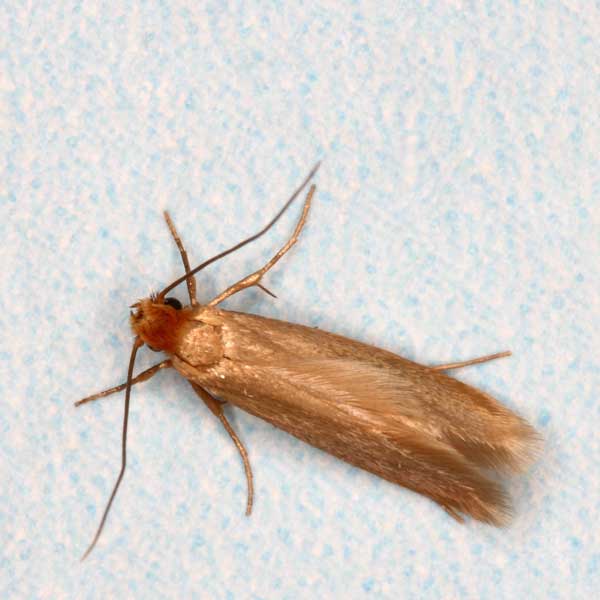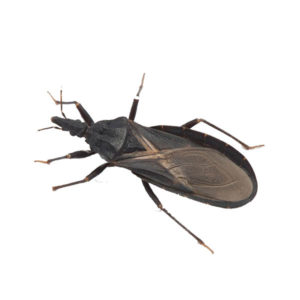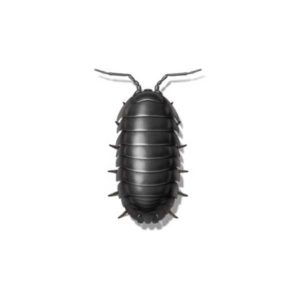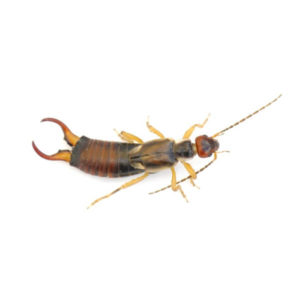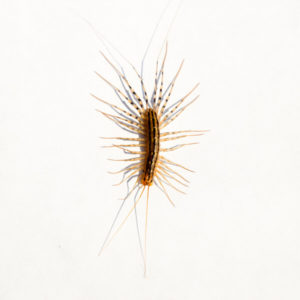Clothes Moths in Memphis TN Metro Area
Clothes moths are considered fabric pests and possess the unique ability to digest keratin, the fibrous protein present in animal hide, hair, feathers, and horns. In North America, two distinct types of clothes moths exist: the webbing clothes moth and the casemaking clothes moth. The larval stage of the clothes moth is the most destructive, and both species primarily feed on animal-based fibers, particularly wool, fur, silk, feathers, felt, and leather. If left undetected, severe infestations of clothes moths can develop within homes, leading to irreversible damage to clothing and decorative items.
Clothes Moth Habitat
Clothes moths are not commonly observed like some other moth species because they actively avoid light. They have a preference for dark and undisturbed areas, such as closets, basements, and attics. Inside homes, the larvae of clothes moths are often found on woolen clothes, carpets, upholstered furniture, and old remnants of wool rugs in the attic. Moth infestations can be invited by the presence of lint from wool rugs, pet hair behind baseboards, and cracks in the flooring. A particularly favored location for egg-laying is the carpet beneath the rear legs of a sofa, an area that is seldom reached by a vacuum cleaner. While adult moths do not feed on fabric, their presence indicates that eggs will soon be laid, giving rise to fabric-eating larvae.
Clothes Moth Behaviors, Threats, or Dangers
Clothes moths are known to cause damage and destruction to various articles, including sweaters, scarves, coats, blankets, rugs, down pillows, comforters, upholstery, toys, decorative items, and taxidermy mounts. The larvae of clothes moths prefer to feed on materials stored in dark and undisturbed areas such as closets, chests, and boxes where woolens and furs are kept for extended periods. Clothing and blankets that are regularly used are less likely to be infested, as well as rugs that receive normal foot traffic or are routinely vacuumed. However, the edges and undersides of rugs or sections underneath furniture are more susceptible to attack. If you suspect a clothes moth infestation, it is advisable to seek the assistance of a pest control professional.

